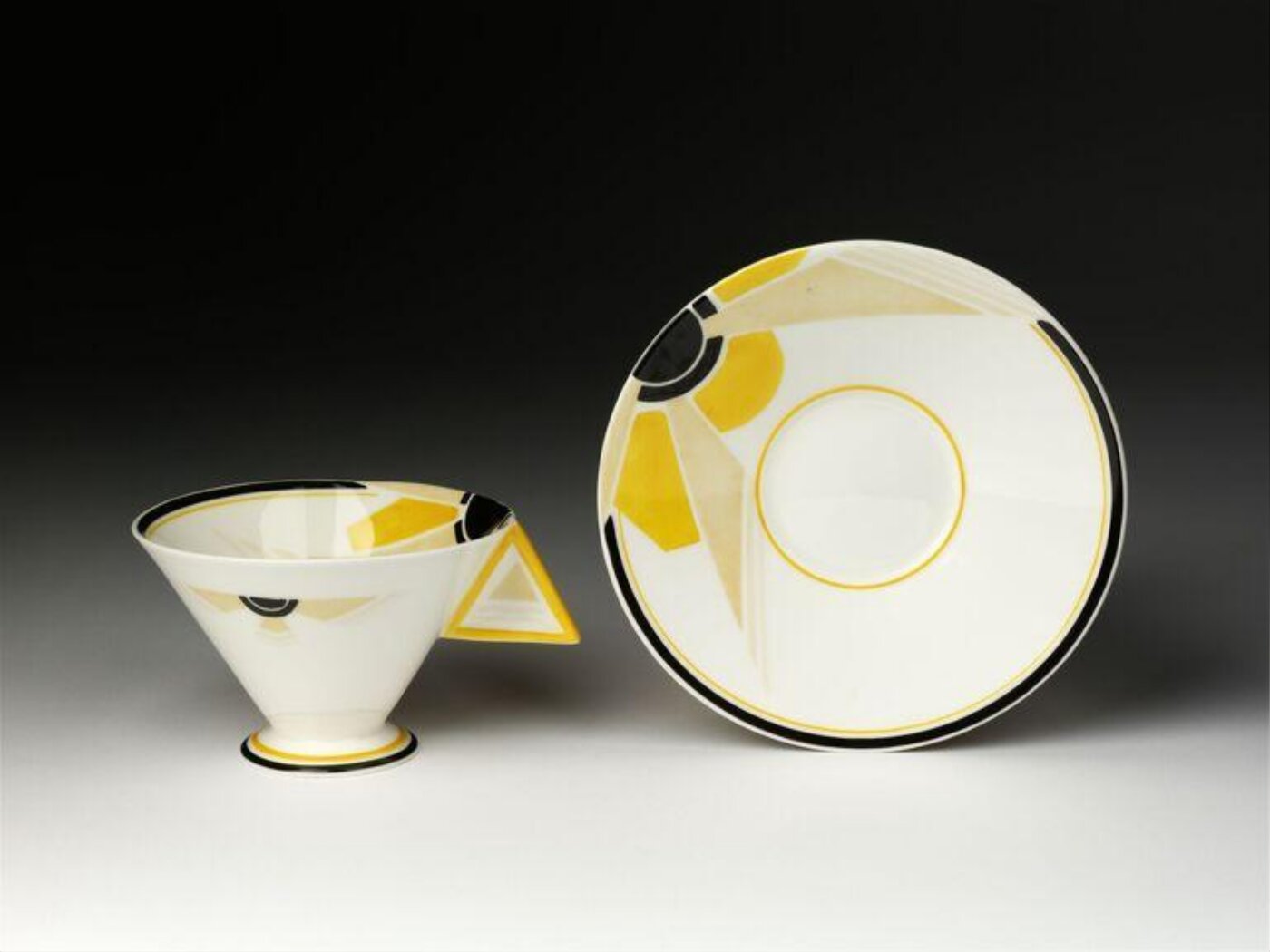
“Die cheaply, protect the NHS” It sounds extreme, but it could become an unspoken policy. With MPs voting on 29th November to advance the assisted dying bill, Britain stands at a crossroads. Framed as a compassionate choice for the terminally ill, the bill raises profound ethical, societal, and economic concerns. In a nation where the NHS holds near-sacred status, this legislation risks leading us to a grim reality: lives sacrificed to sustain an overstretched healthcare system.
The passage of this legislation demands vigilance. To avoid human lives being sacrificed at the altar of an insatiable healthcare system, we must confront the potential dangers of assisted dying becoming an economic expedient cloaked in compassion.
The NHS has been part of British identity since its founding, offering universal care, free at the point of use. To be clear, this is a good thing—extraordinary levels of medical care are accessible to all, regardless of income. When my wife needed medical intervention while in labour, the NHS ensured we were not left with an unpayable bill.
Yet the NHS is more than a healthcare system; it has become a cultural icon. During the COVID-19 pandemic, it was elevated to near-religious status with weekly clapping, rainbow posters, and public declarations of loyalty. To criticise or call for reform often invites accusations of cruelty or inhumanity. A 2020 Ipsos MORI poll found that 74 per cent of Britons cited the NHS as a source of pride, more than any other institution.
However, the NHS’s demands continue to grow: waiting lists stretch ever longer, staff are overworked and underpaid, and funding is perpetually under strain. Like any idol, it demands sacrifices to sustain its appetite. In this context, the introduction of assisted dying legislation raises troubling questions about how far society might go to feed this sacred system.
Supporters of the Assisted Dying Bill argue that it will remain limited to exceptional cases, governed by strict safeguards. However, international evidence suggests otherwise.
In Belgium, the number of euthanasia cases rose by 267 per cent in less than a decade, with 2,656 cases in 2019 compared to 954 in 2010. Increasingly, these cases involve patients with psychiatric disorders or non-terminal illnesses. Canada has seen similar trends since legalising medical assistance in dying (MAiD) in 2016. By 2021, over 10,000 people had opted for MAiD, with eligibility expanding to include individuals with disabilities, mental health conditions, and even financial hardships.
The argument for safeguards is hardly reassuring, history shows they are often eroded over time. In Belgium and Canada, assisted dying has evolved from a last resort for the terminally ill to an option offered to the vulnerable and struggling. This raises an urgent question: how do we ensure Britain doesn’t follow this trajectory?
The NHS is under immense strain. With limited resources and growing demand, the temptation to frame assisted dying as an economic solution is real. While supporters present the legislation as compassionate, the potential for financial incentives to influence its application cannot be ignored.
Healthcare systems exist to uphold human dignity, not reduce life to an economic equation.
Consider a scenario: you are diagnosed with a complex, long-term, ultimately terminal illness. Option one involves intricate surgery, a lengthy hospital stay, and gruelling physiotherapy. The risks are high, the recovery tough, life not significantly lengthened, and the costs significant. Opting for this could be perceived as selfish—haven’t you heard how overstretched the NHS is? Don’t you care about real emergencies? Option two offers a "dignified" exit: assisted dying. It spares NHS resources and relieves your family of the burden of prolonged care. What starts as a choice may soon feel like an obligation for the vulnerable, elderly, or disabled—those who might already feel they are a financial or emotional burden.
This economic argument is unspoken but undeniable. When a system is stretched to breaking point, compassion risks becoming a convenient cloak for expedience.
The Assisted Dying Bill marks a critical moment for Britain. If passed into law, as now seems inevitable, it could redefine not only how we view healthcare but how we value life itself. To prevent this legislation from becoming a slippery slope, we must remain vigilant against the erosion of safeguards and the pressure of economic incentives.
At the same time, we must reassess our relationship with the NHS. It must no longer occupy a place of unquestioning reverence. Instead, we should view it with a balance of admiration and accountability. Reforming the NHS isn’t about dismantling it but ensuring it serves its true purpose: to protect life, not demand it.
Healthcare systems exist to uphold human dignity, not reduce life to an economic equation. If we continue to treat the NHS as sacred, the costs—moral, spiritual, and human—will become unbearable.
This moment requires courage: the courage to confront economic realities without compromising our moral foundations. As a society, we must advocate for policies that prioritise care, defend the vulnerable, and resist the reduction of life to an equation. Sacrifices will always be necessary in a healthcare system, but they must be sacrifices of commitment to care, not lives surrendered to convenience.
The path forward demands thoughtful reform and a collective reimagining of our values. If we value dignity and compassion, we must ensure that they remain more than rhetoric—they must be the principles that guide our every decision.






